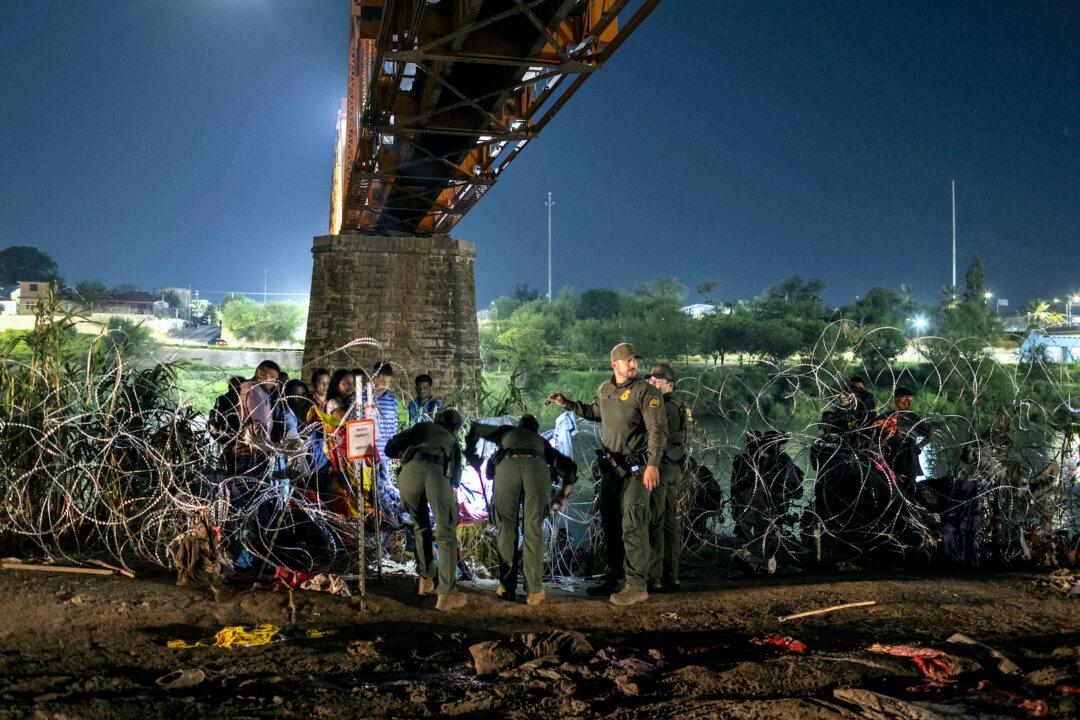News Analysis
Hundreds of people on the FBI’s terrorist watchlist have almost certainly slipped into the United States amid millions of other illegal immigrants during the past three years, according to former federal officials and experts.

Hundreds of people on the FBI’s terrorist watchlist have almost certainly slipped into the United States amid millions of other illegal immigrants during the past three years, according to former federal officials and experts.